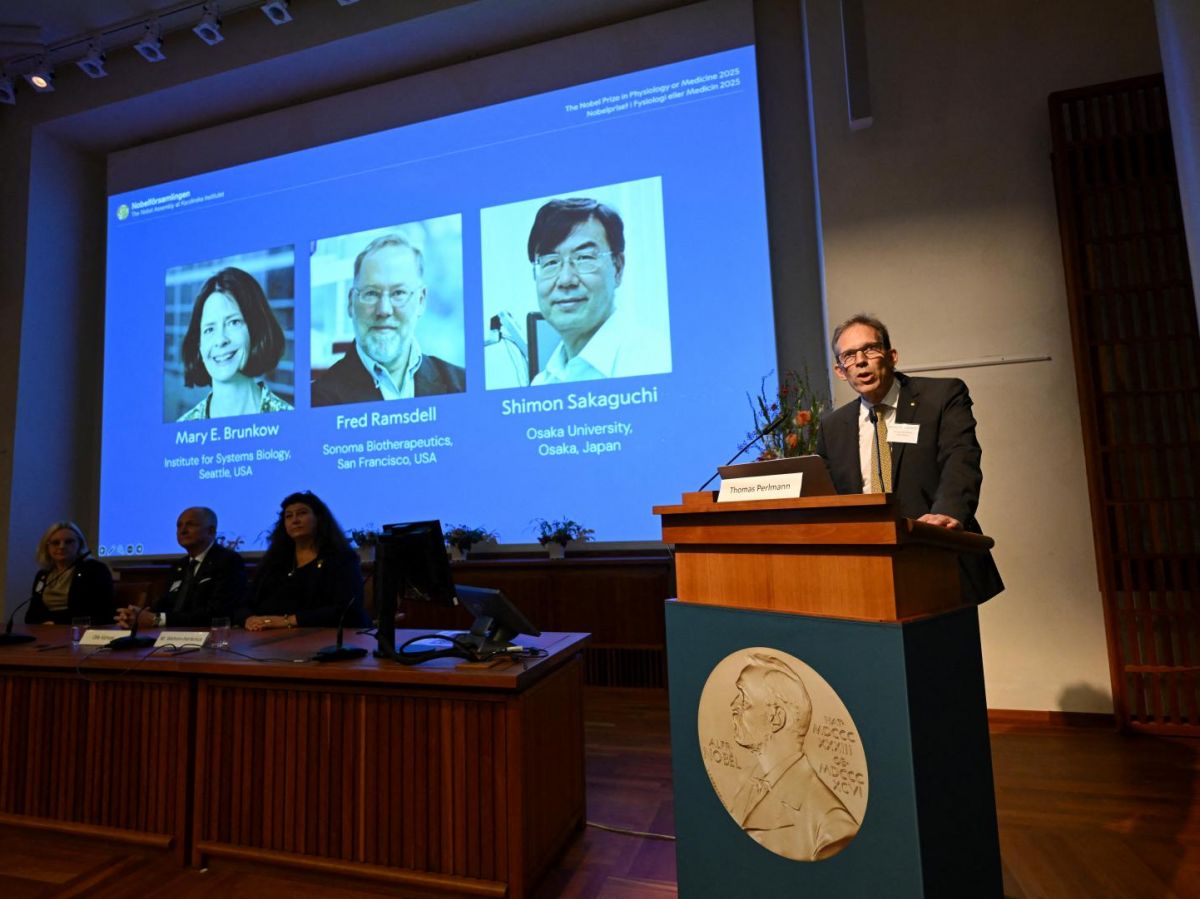Arming the body, without those weapons turning against it! The weapons in question are obviously all the components of our immune system, which continuously protects us against any external threat. To do this, a veritable army of defense cells tirelessly roams the body, on the lookout for the slightest threatening-looking microbe. The challenge lies precisely in attacking only these genuine threats, avoiding targeting the body's own cells (which could trigger...). autoimmune diseasesBut with so many police officers patrolling at the same time, the risk of things getting out of hand is high. So how does the immune system manage to be sufficiently vigilant to be effective while remaining calm enough not to fire indiscriminately?
That's the million-dollar question… because that's precisely what the new recipients of the Nobel Prize in Medicine (In addition to the prestige that comes with the prize, of course.) The researchers are Mary E. Brunkow, an autoimmune disease specialist at the Institute for Systems Biology in Seattle; Fred Ramsdell, an immunologist at Sonoma Bio, a biotech company in San Francisco; and Shimon Sakaguchi, an immunology expert at Osaka University in Japan. Their combined work has demonstrated the existence of a regulatory system for the immune system: it prevents the immune system from becoming overly aggressive. Thus, the immune system does not attack the body's own cells, while remaining effective.
Immune cells that regulate other immune cells…
The scientific adventure of the Nobel Prize-winning trio began in 1995, when Sakaguchi was studying mice lacking a thymus, an organ crucial for the maturation of immune cells and without which rodents develop autoimmune diseases. It is in this organ that the body sorts immune cells and eliminates those that risk attacking the body's own cells.
Without this organ, these cells are not eliminated, and the body is therefore attacked. But the Japanese researcher showed that a second layer of protection acts downstream: cells circulating in the blood that can regulate these potentially dangerous immune cells. Thus, injecting these regulatory cells was enough to mitigate the risk of autoimmune disease in these thymus-deficient mice.
…and which could help fight autoimmune diseases and cancer
A few years later, Brunkow and Ramsdell showed that a mutation in the Foxp3 gene, on the X chromosome, increased the risk of autoimmune disease. Why? Because this gene is necessary for the development of these regulatory cells, now known as regulatory T lymphocytesThey are like a kind of police force for the police, which travels around the body alongside other immune cells to ensure that they do not overstep the bounds of their functions, and especially that they do not attack the body's cells.
These discoveries have opened up a range of new therapeutic possibilities, from autoimmune diseases to cancer. In the first case, the aim is to increase the number of these regulatory cells in order to reduce the autoimmune response. In the second, on the contrary, the goal is to reduce them to allow the immune system to attack the tumor more vigorously. Thus, regulating the regulatory mechanisms of the immune system allows for better regulation of the immune response based on the actual threats.


